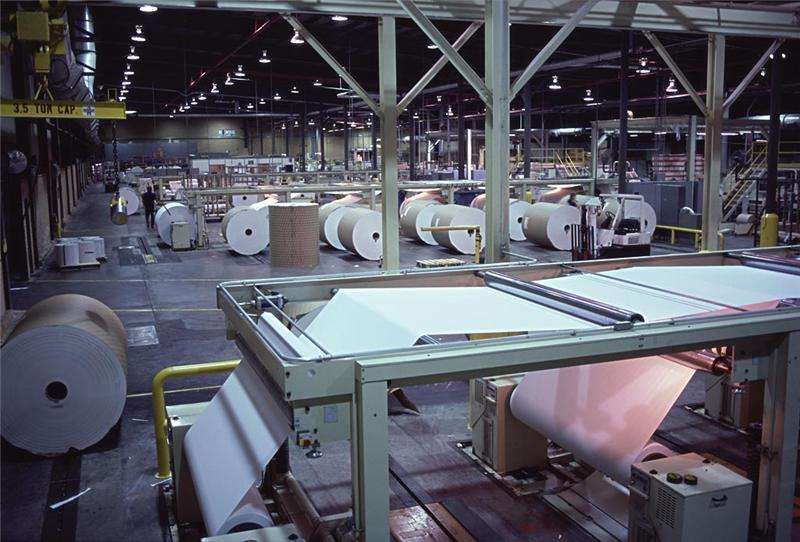How To Make Paper Strength Measurement More Accurate?

Paper tensile strength is one of the important physical and mechanical indicators of paper, which refers to the maximum tension borne by the paper of unit width or cardboard before the breakage. The accurate measurement of tensile strength is of great value to the control of paper production quality.
The following describes a determination method with good effect-constant speed drawing method.
Measurement Principle Of Constant Speed Drawing Method
Use the tensile strength tester (DLS-03 paper tensile strength testing machine) under constant tensile conditions to stretch the specimen with specified size stretched to fracture, and record the maximum resistance tension value. If the tensile strength and elongation are continuously recorded, the tensile energy absorption can be calculated. From the obtained results and the quantification of the sample, the absorption index of the tensile index and the tensile energy can be calculated.
Instrument: Tensile strength tester and cutting knife
Specimen Preparation: Make 10 specimens with longitudinal and transverse width of 15 mm using the cutting knife (other paper products can be cut in accordance with the provisions into a certain width, such as width of toilet paper and wet tissue are cut into 25mm or 50mm), the sample length into 250mm (for some products such as toilet paper, it should be ensured that the experimental size of the fixture is 180mm).
Experimental Steps:
1. Adjust the test machine device chuck position experimental length (the average distance between the clamps) to 180mm +/- 1mm. Adjust the tensile rate to 20 mm / min +/- 5 mm / min
2. Hold the specimen on the test chuck and start the tensile strength tester to stretch the specimen at a rate of 20 mm / min +/- 5 mm / min until the specimen breaks. Record the maximum applied tension.
3. According to recorded tensile strength and the relevant formula, calculate the tensile strength, breaking length, tensile index, elongation at breakage, tensile energy absorption, tensile energy absorption index, elastic modulus quantity and other related parameters.